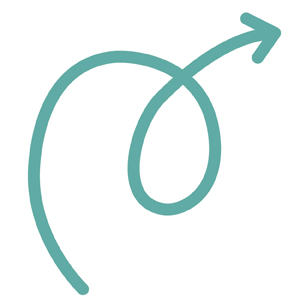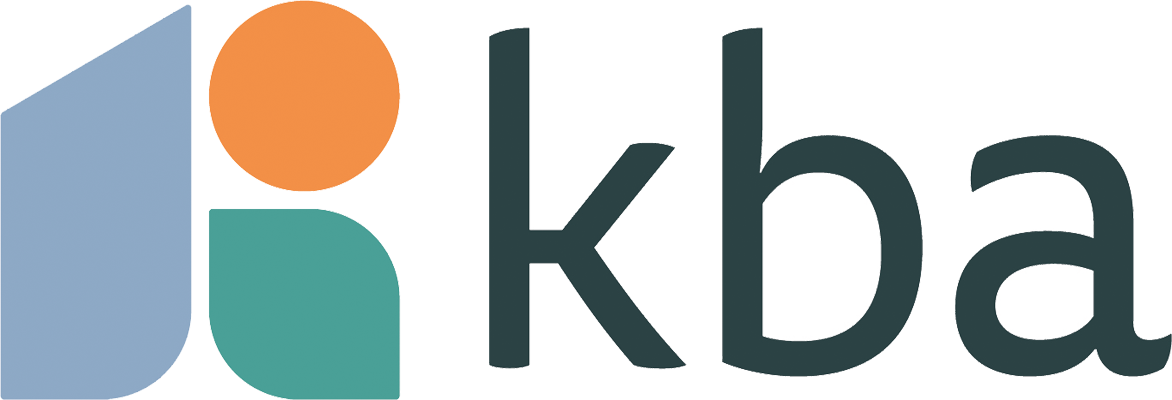What Does a Principal Designer Do During Construction?
When it comes to domestic building projects, many people assume that the design is complete once the technical drawings are issued. But the design often continues into the construction phase — and so do the Principal Designer’s responsibilities.
This post explains what a Principal Designer does during the construction phase, why the role matters and what both homeowners and architects need to know to ensure building regulations compliance throughout their project.
What is a Principal Designer?
A Principal Designer is a statutory dutyholder under the Building Regulations. They are responsible for co-ordinating and planning, managing and monitoring design work to ensure that it complies with relevant legal requirements described in the Regulations.
In most domestic building projects, the Principal Designer is the architect or lead designer, appointed by the homeowner (the client). Their duty doesn’t automatically end once work starts on site — particularly if design decisions are still being made during the build.

If the Client allows the Principal Designer’s appointment to end, someone else will need to be appointed. If the Principal Contractor is competent and willing, they could take on the role – but, chances are, design is not the Principal Contractors strong suit. It’s entirely possible that the contractor isn’t properly familiar with the Regulations that they need to comply with either. So, they’re reliant on the design information provided to them. It’s important that Clients have this conversation with both their Principal Designer and their Principal Contractor, to make sure that they have the correct appointments in place.
When do Principal Designer duties end?
Principal Designer duties continue as long as design work continues — including during the construction phase. This really means that a Principal Designer must be appointed to the point of completion on all projects that require a Building Regulations application. If the design changes, the Principal Designer must assess whether those changes maintain building regulations compliance.
Don’t forget that all three dutyholders (Client, Principal Contractor and Principal Designer) have to sign declarations before Building Control will provide their Certificate of Completion. The last thing anyone wants is to arrive at the end of the project and not be able to provide these declarations for sign-off.
When a Principal Designers duties end, they must provide a Compliance Declaration. If their appointment ends before building works commence, then a new Principal Designer must be appointed. The Client needs to be made aware of this by the Principal Designer. It would also be good practice to provide the Client with options to support them and their contractor, if necessary, through the construction stage.
Principal Designer responsibilities during construction
Key responsibilities and behaviours expected of a Principal Designer during the construction stage on domestic projects include:
1. Stay involved in the project
Good Principal Designers stay in touch during construction, especially if the design hasn’t been finalised. This ensures they can respond to changes and support the client and contractor in maintaining compliance. Of course, this does require the Client to agree to the continued appointment of the PD – no contract = no service.
2. Monitor design changes on site
Builders frequently suggest changes — such as adjusting insulation thickness, altering layouts or substituting materials. The Principal Designer must assess whether these changes affect compliance with the Building Regulations.
3. Push back against non-compliant changes
Principal Designers are expected to challenge changes that could undermine compliance. This protects the client from legal or financial consequences and helps the contractor avoid accidental breaches.
For example:
“Reducing the floor insulation would drop us below the required U-value. That’s not compliant with Part L, so we should explore alternatives.”
or
The contractor suggests an alternative routing of drainage pipes, which means pipes running across load-bearing walls. “This could compromise the structural integrity and conflict with the Part A structural requirements. We can explore other solutions, but I can’t approve this without a structural review.”
4. Coordinate specialist inputs
When late stage design input is provided by third parties (e.g. a roof truss manufacturer or ventilation supplier), the Principal Designer ensures:
- The new information is reviewed
- It doesn’t conflict with existing designs
- The whole design remains coordinated and compliant
5. Keep records of design decisions
To demonstrate due diligence, Principal Designers should document key design changes and their compliance impact. This helps:
- Provide evidence of compliance at completion
- Clarify decisions if disputes arise
- Keep the team aligned

Responsibilities that Principal Designers do not have
- Inspection duties or the requirement to visit site
- Design duties
Why this matters for homeowners
If you’re a domestic client, appointing a competent Principal Designer helps you to:
- Meet your legal obligations under the Building Regulations
- Avoid costly rework caused by non-compliant design changes
- Have a professional reviewing design decisions throughout the build
Remember: as a domestic client, your duties are automatically passed on to your principal contractor and principal designer — so it’s essential that both are competent and proactive….and are able to work together effectively.
Why this matters for architects and designers
If you’re acting as the Principal Designer on domestic projects, you must:
- Stay engaged while design decisions are being made – and if your appointment ends early, make sure that the client is aware that they still need a PD. Bonus points if you provide your client with options to retain your involvement!
- Understand how proposed changes affect compliance
- Communicate clearly with the client and contractor
- Keep appropriate records
Being named Principal Designer means you have legal duties — even if you’re not involved in site inspections or the contract administration.
The role of the Principal Designer doesn’t end when the build starts. Domestic projects evolve — and so does the design. A competent Principal Designer adds real value by helping clients and contractors manage changes while staying compliant with the Building Regulations.
Whether you’re a homeowner planning a renovation or an architect delivering small residential projects, understanding the ongoing role of the Principal Designer is key to avoiding risk, delays and unexpected costs.
Do you need help fulfilling your Principal Designer duties?
We support our clients with clear, practical guidance on building regulations compliance, design coordination and Principal Designer duties. We also like to help our fellow architects and designers – after all, we’re in this new regime together!
Please feel fee to get in touch to discuss how we can support you and your project.


